How does Ethereum work?
Ethereum is a decentralized, open-source blockchain platform designed to enable the creation and execution of smart contracts and decentralized applications (dApps). Here’s a breakdown of how Ethereum works:

1. Blockchain and Consensus Mechanism
Ethereum operates on a blockchain, a distributed ledger maintained by a network of computers (nodes). Transactions and smart contract executions are recorded in blocks, which are linked together to form the blockchain.
- Proof of Stake (PoS): Ethereum transitioned to PoS with its “Merge” update in September 2022. Validators, instead of miners, are responsible for creating new blocks and validating transactions. Validators are chosen based on the amount of ETH they have staked (locked up) as collateral.
2. Ether (ETH)
Ether is Ethereum’s native cryptocurrency, used for:
- Transaction fees: Known as “gas,” these fees compensate validators for processing transactions and executing smart contracts.
- Staking: Validators lock ETH to participate in the consensus process and earn rewards.
3. Smart Contracts
Smart contracts are self-executing programs stored on the Ethereum blockchain. They run exactly as programmed without downtime, fraud, or third-party interference. Smart contracts enable:
- Decentralized applications (dApps): Apps built on Ethereum to provide services like finance (DeFi), gaming, and identity management.
- Token Standards: Such as ERC-20 (fungible tokens) and ERC-721 (non-fungible tokens, or NFTs).
4. Ethereum Virtual Machine (EVM)
The EVM is the computation layer of Ethereum. It provides a runtime environment for executing smart contracts using a specialized programming language like Solidity. The EVM ensures that all nodes execute the same code and achieve consensus.
5. Gas and Fees
Every action on Ethereum (e.g., sending ETH or executing a smart contract) requires computational resources, measured in “gas.” Users pay gas fees in ETH to incentivize validators to include their transactions in a block. Gas fees fluctuate based on network demand.
6. Decentralization and Security
Ethereum’s decentralized nature ensures:
- Immutability: Data on the blockchain cannot be altered retroactively without consensus.
- Resilience: No single point of failure due to distributed nodes.
- Transparency: Anyone can view the blockchain and verify transactions.
7. Layer 2 Solutions
To improve scalability and reduce fees, Ethereum supports layer 2 solutions like rollups (e.g., Optimism and Arbitrum). These process transactions off-chain while maintaining the security of the main Ethereum network.
8. Decentralized Autonomous Organizations (DAOs)
Ethereum supports DAOs, which are organizations run by smart contracts. Members participate in governance by voting on proposals using tokens.
By combining smart contracts, decentralized computation, and a robust consensus mechanism, Ethereum has become a versatile platform for innovation in decentralized finance, digital identity, supply chain, and beyond.
https://news.coincap7.com/what-is-ethereum-who-is-the-founder-of-ethereum/
https://www.forbes.com/sites/digital-assets/article/what-is-ethereum-how-does-it-work/
Disclaimer: The content provided here is for educational purposes only and is intended to raise awareness about cryptocurrency and blockchain technology. It should not be considered as financial or investment advice. Before investing in any cryptocurrency or token, we strongly encourage you to conduct thorough research, understand the associated risks, and make informed decisions (DYOR – Do Your Own Research). For detailed guidance, consult a qualified financial advisor.

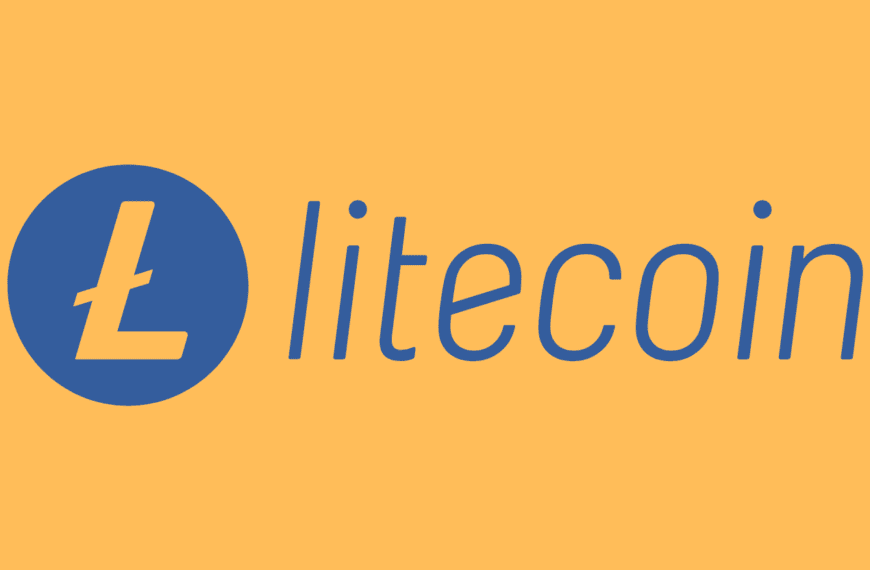


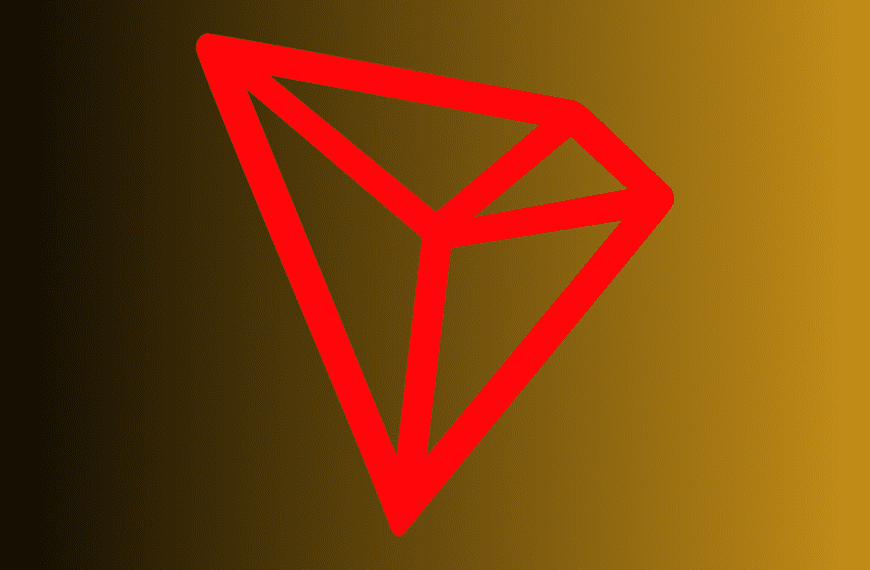


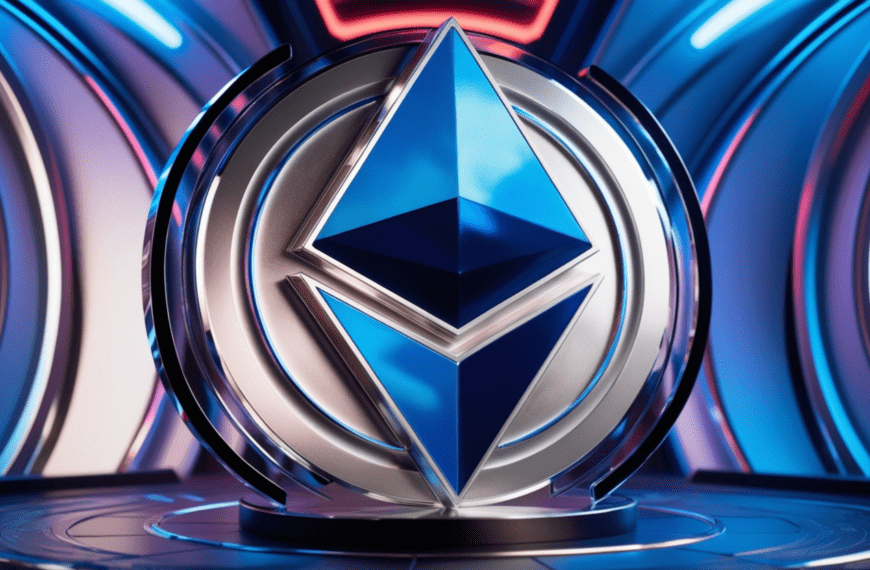
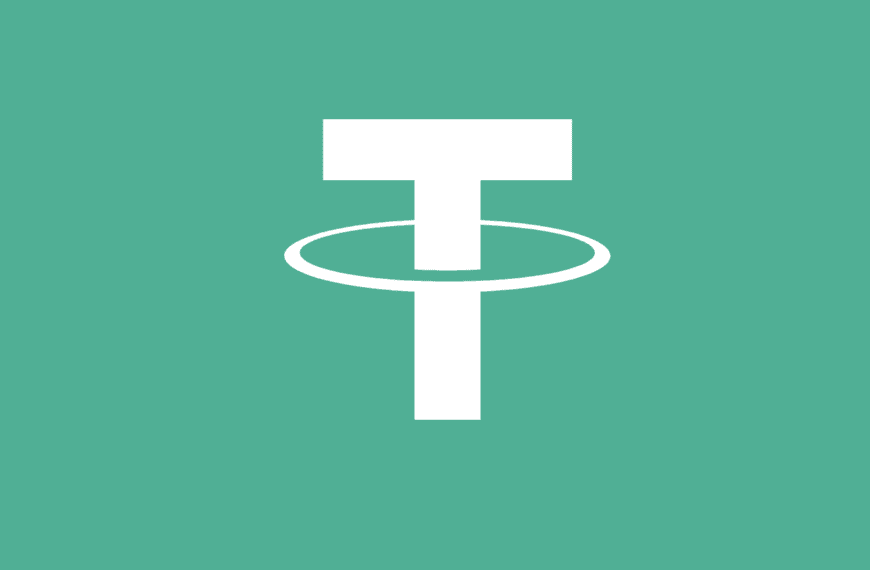

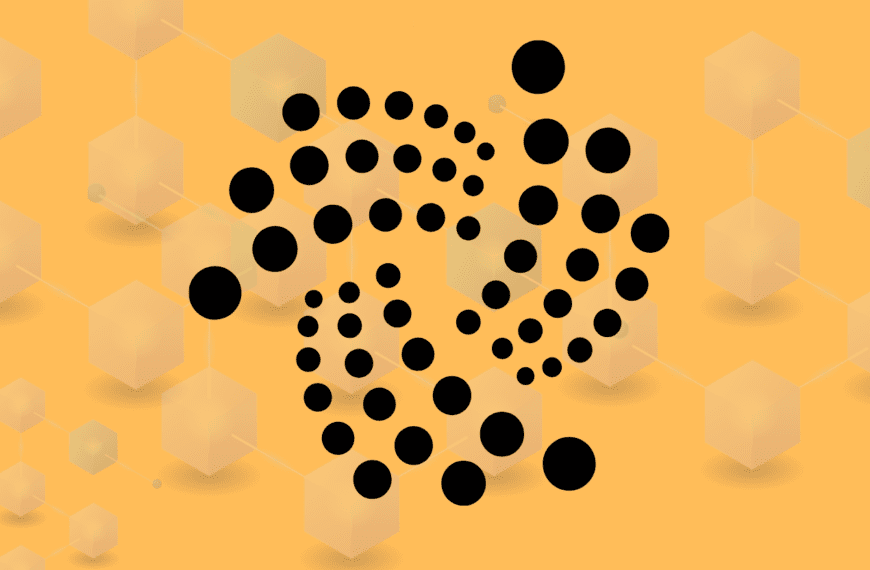


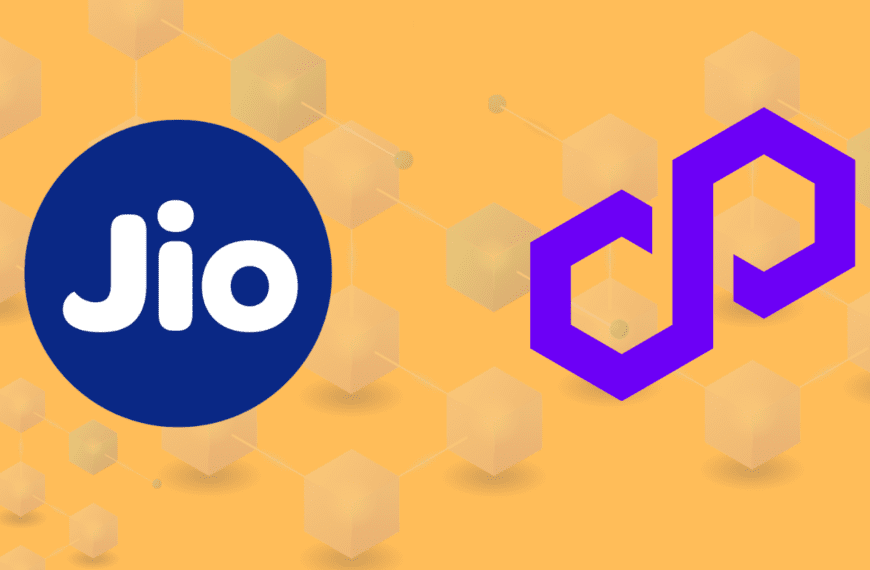
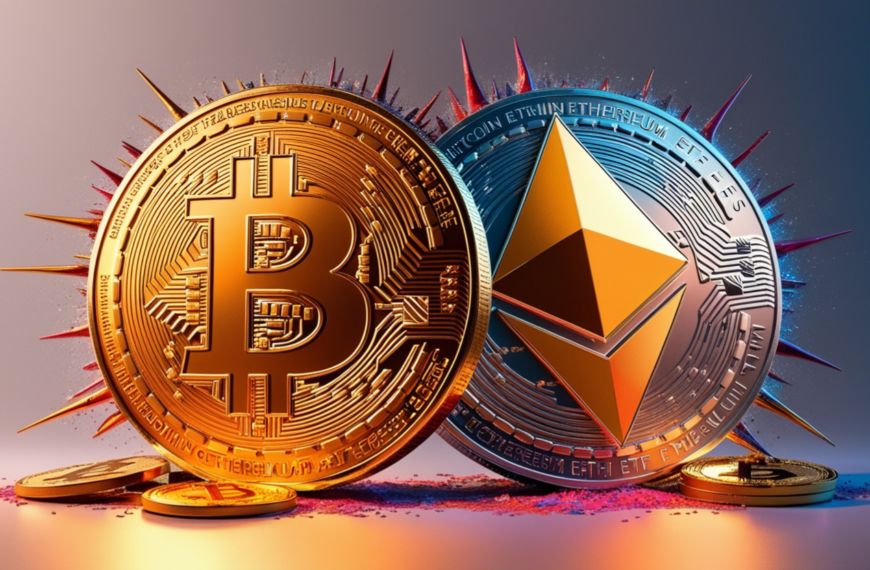
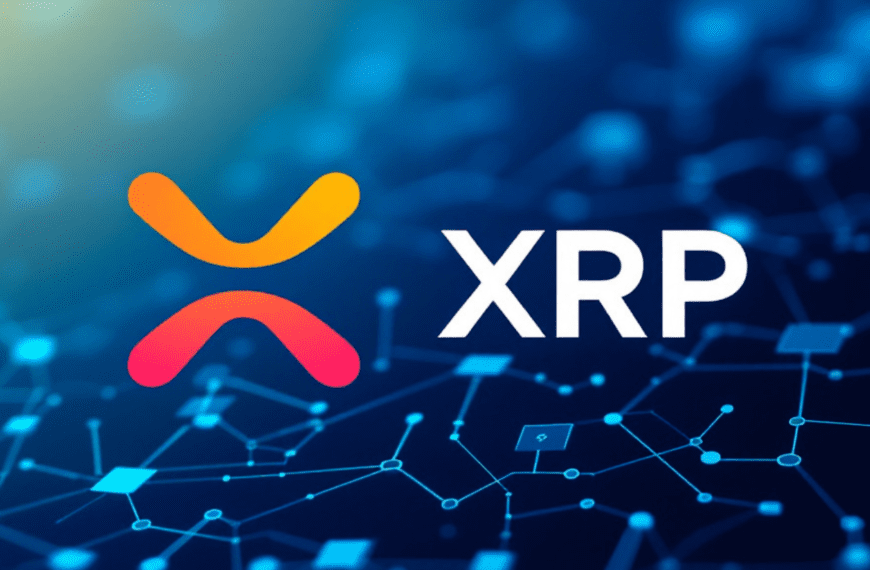
Very informative article😊